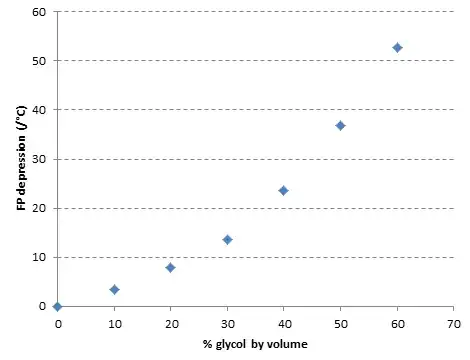We have an old freezer. I believe the thermostat is broken and think it may run all the time. Food in it gets really cold (Ice cream like concrete). I've tried measuring the temp with a freezer thermometer, but the needle is well below the lowest temperature (-20F or -30F). The digital thermometer I have just shows "Error".
Aside from buying an expensive specialty thermometer (if they even exist), can anyone suggest the best straightforward way to calculate the approximate temp without any special equipment?
I was thinking of something like putting a solid metal object (to avoid phase changes) in the freezer for a day or two and then placing it in a known quantity of liquid of a time and measuring the temp of the liquid (or the object) after a set time (measuring the mass of everything of course). There may be an entirely better approach.
I'm not shooting for super accuracy, so not looking to build a super insulated rig. Just looking for a reasonably simple method to get a decent estimate (within 5 degrees?). Even specific suggestions on my proposed method appreciated.
